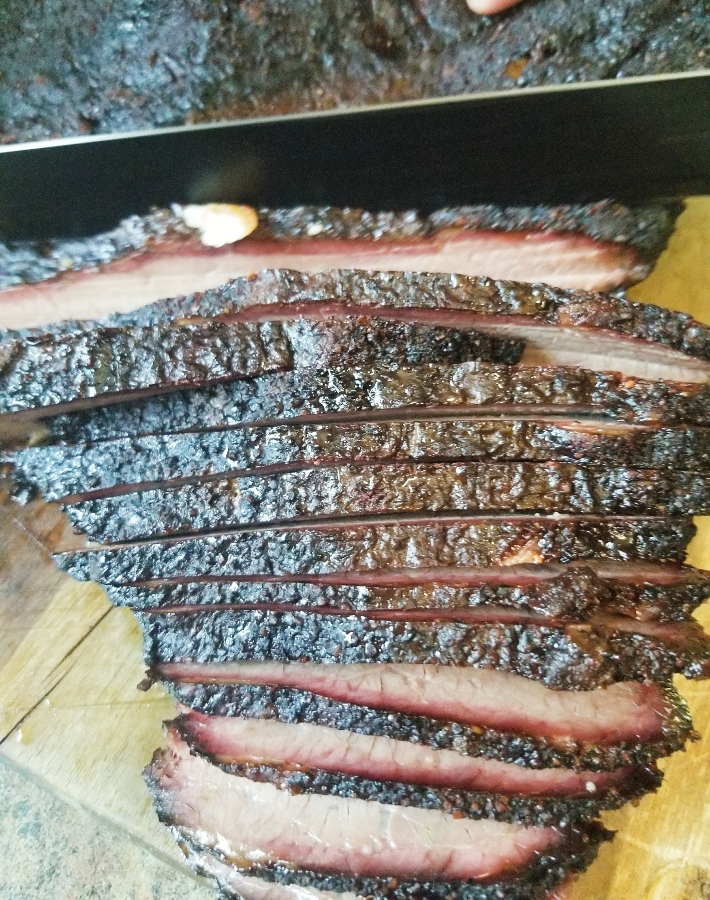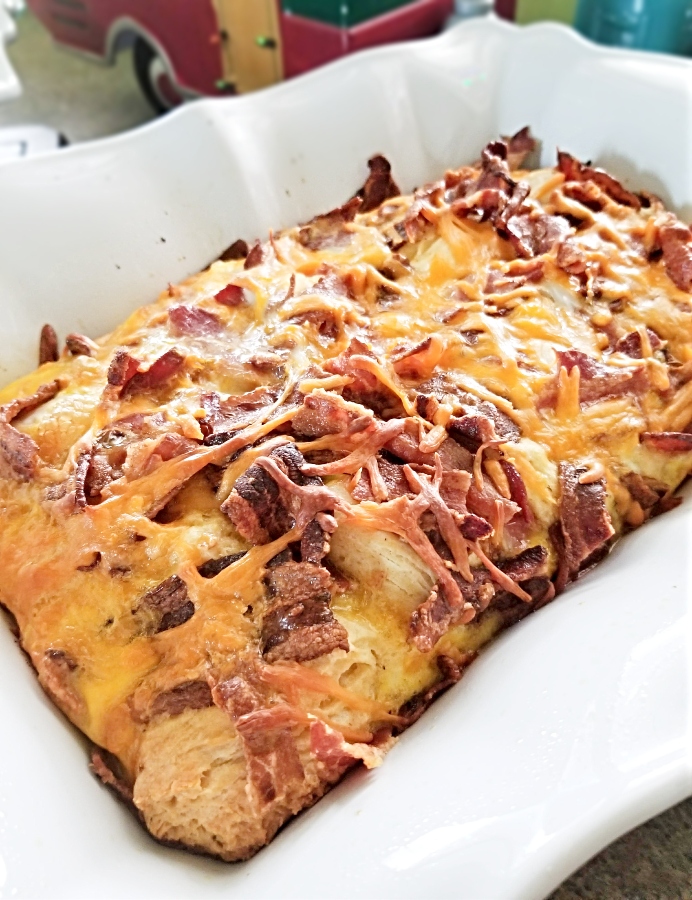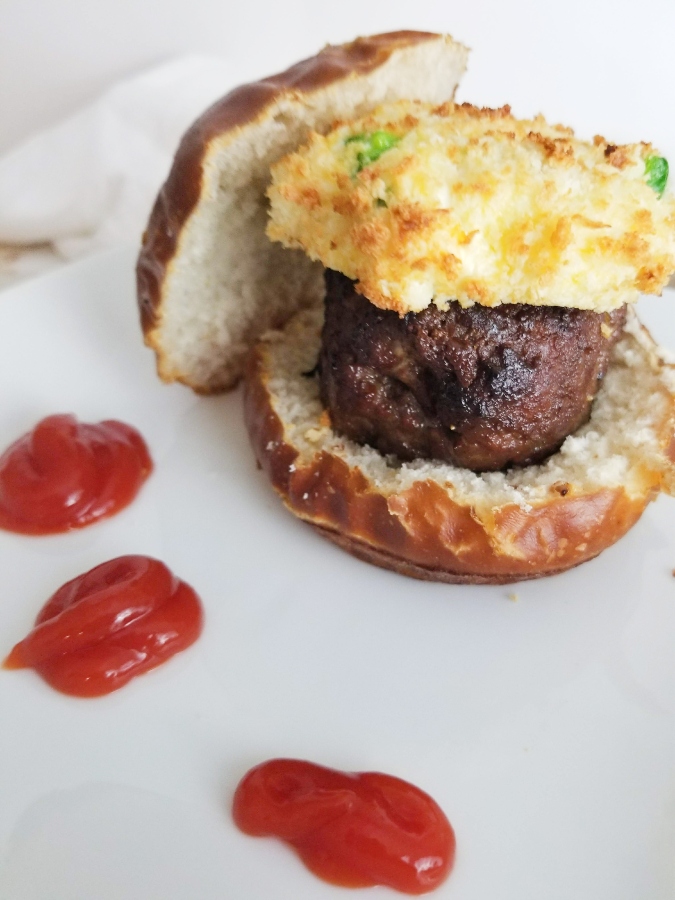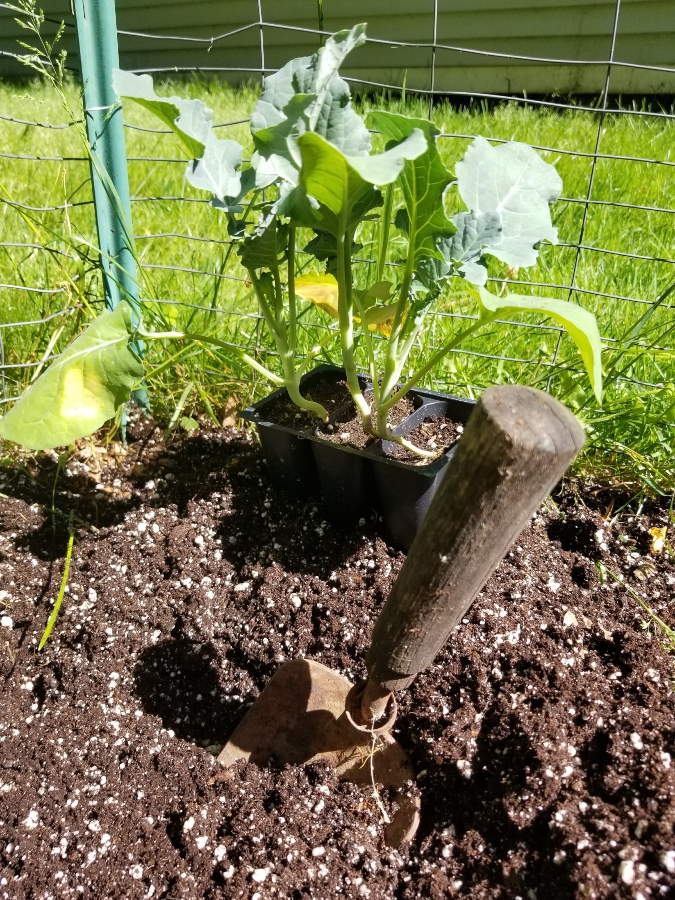
Vegetable gardening requires some initial planning and effort. I have put together a few helpful tips and tricks on How to Plant a Plentiful Vegetable Garden. Basic gardening knowledge and tips will help anyone to plant a more plentiful garden this season.
Mike and I love to plant a garden every year with different types of hot peppers, bell peppers, tomatoes, and whatever else sounds good. This year we planted those plus broccoli, kale, zucchini, and spaghetti squash. I figured I would provide you all with some of my tips and knowledge as How to Plant a Plentiful Vegetable Garden.
Where to start???
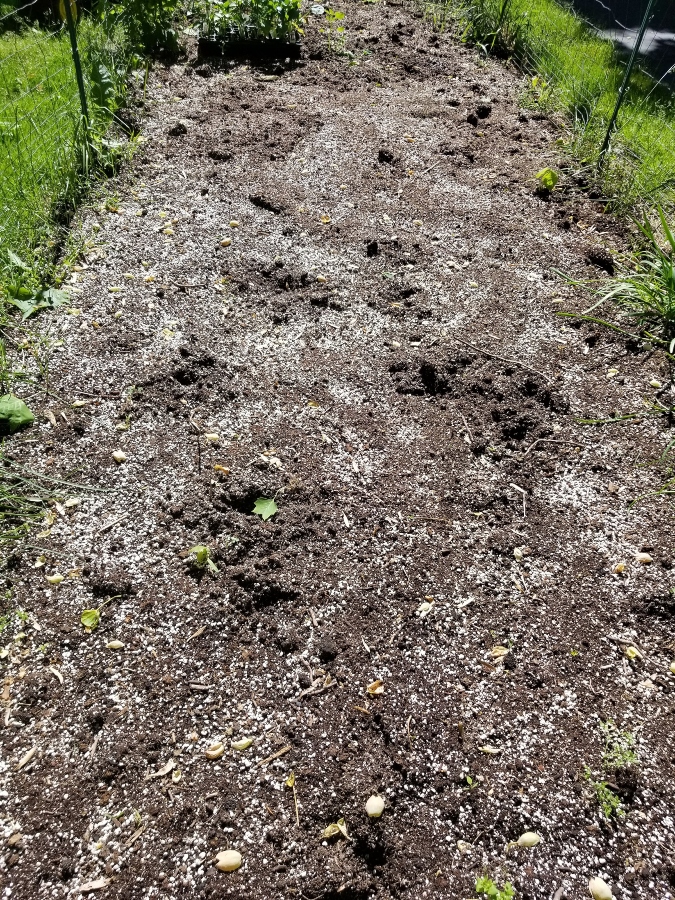
LOCATION IS KEY
Selecting a suitable location for growing vegetables is the first challenge. All vegetables require a minimum of six hours of sunlight to grow and produce a good yield. There are some shade-tolerant vegetables such as lettuce and broccoli, but they still require at least three to four hours of sun each day.
Planning your first garden can be very exciting, but making a garden too large at first can be daunting. It’s better to select a small area that won’t require as much maintenance as a large one. This allows the individual to get accustomed to the tasks involved and learn to care for different varieties of vegetables.
Ideally, a garden should be placed on level land. If there is a slope greater than 1.5 percent, then terracing the garden beds will prevent rapid water runoff. Avoid planting near shallow-rooted trees such as maples, poplars, and willows, since their roots will compete with vegetables for nutrients and water. The roots may also extend into the plot.
Prepare the Area
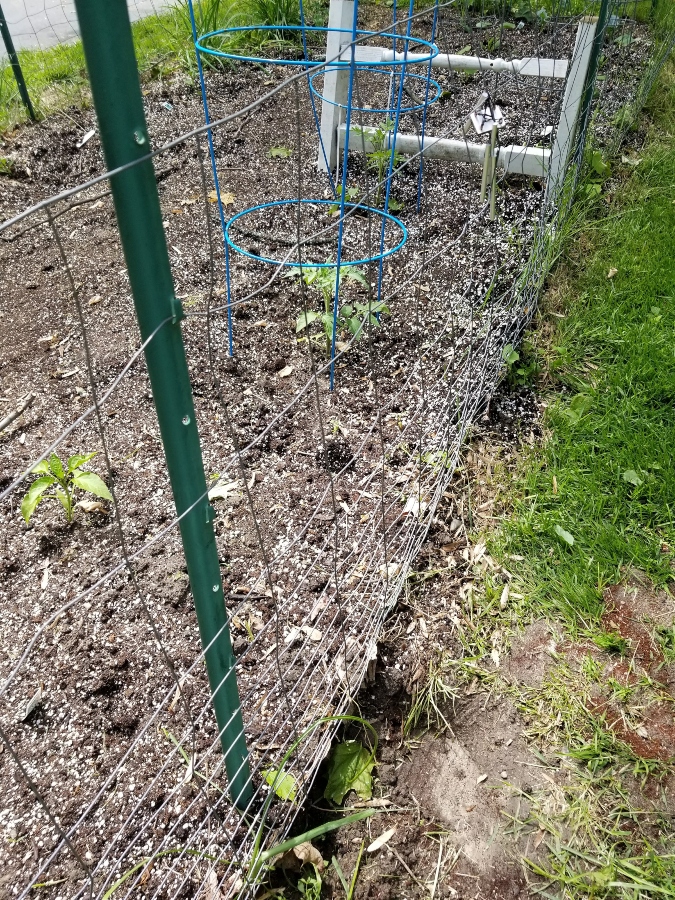
Plan to place gardening beds in a north-south orientation for the best sun exposure.Reduce weeding by selecting a site with few weeds. If this is not possible, then weed the area thoroughly to prepare the garden space. You can use a rototiller or shovel to help turn the soil to loosen it as well.
Fencing or a screen of some sort is important to help keep unwanted critters out of the garden. Chicken wire, screens, and other fencing options will provide some safety for your plants.
Dig in!
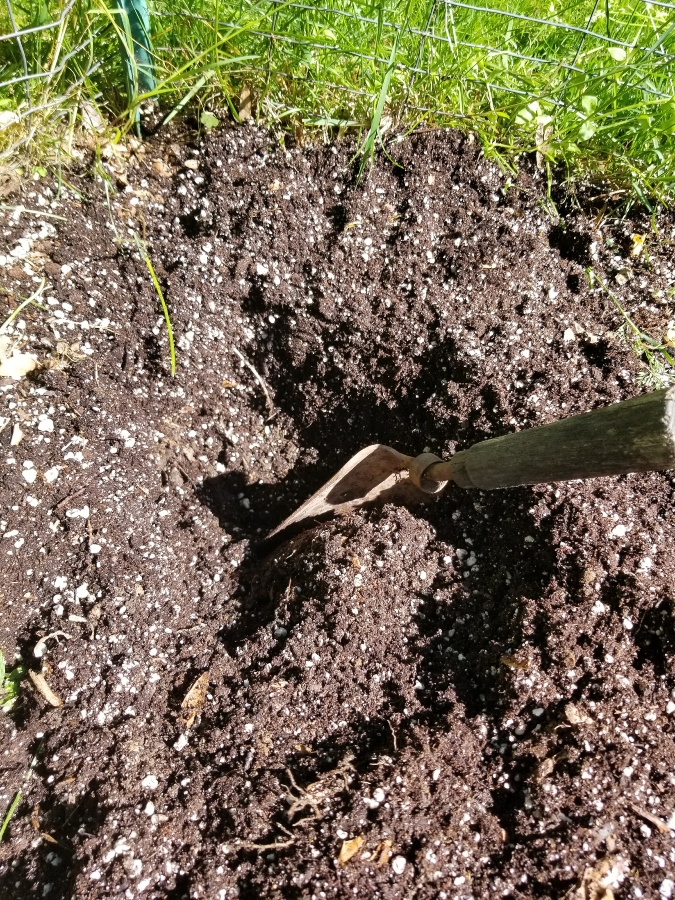
When first starting a garden, it is necessary to prepare the soil by digging deeply. Plants require about eight inches (18 cm) of loose friable soil. Poor soil will need the addition of organic matter such as manure, compost, leaf mold, or seaweed. In subsequent years, organic matter should be added every spring and fall. The importance of organic matter cannot be overstated. The microorganisms in organic matter are constantly breaking down the material. During this process, nitrogen is released into the soil and made available for plant use.
Examine the soil that you have at your garden site. This is an important factor when considering the watering needs of your plants and how well water drains through the soil. we upgraded our soil this year so hoping for a GREAT season!
Why Soil Matters:
- Loam soils with a combination of sand, silt, and clay have the best drainage and moisture retention capabilities.
- Sandy soil drains water too quickly, and plants cannot absorb it. Add compost or peat moss to make improvements.
- Clay soils absorb water slowly. Adding organic material will help to improve the composition of clay and assist drainage.
- Vegetables also require a soil with a pH between 6 and 8. A soil – testing kit can be used easily to check your soil.
Seed or Plants?
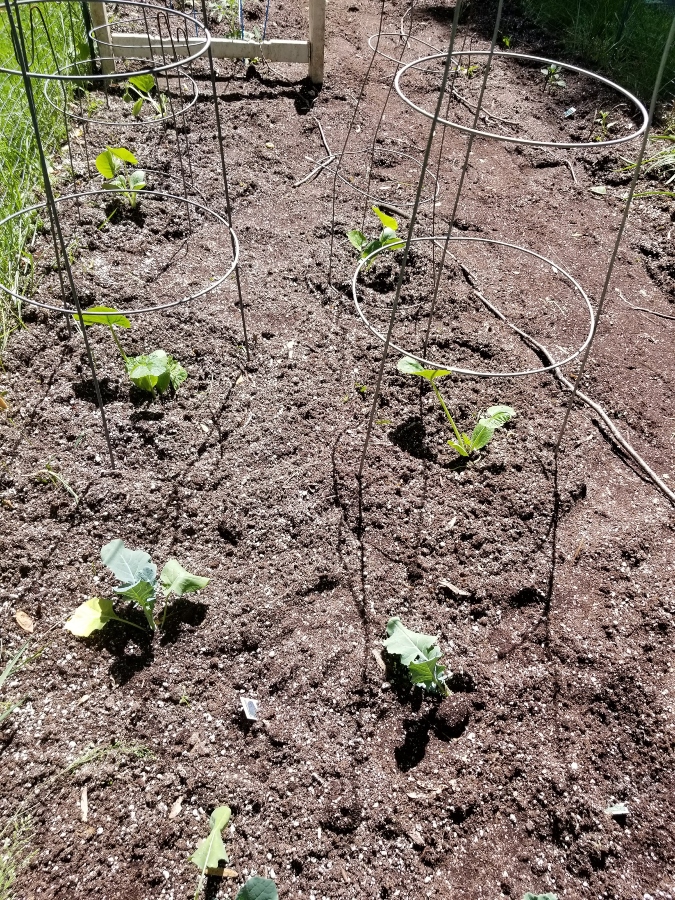
Whether you want to start from seed or grab plants already on their way like we do that is up to you! Some vegetables do better as plants that require a longer growing period such as tomatoes and peppers. Others, such as carrots, cucumbers, beans, beets, radishes, and peas are best grown from seed and placed directly into the garden bed.
Consider the growing habits of each plant before placing it in the garden. Plants such as peas and lettuce prefer cooler temperatures and are not as susceptible to frost damage. They can be planted earlier in the growing season. Many seeds need warm soil in order to germinate. Tomatoes and peppers should not be planted until all danger of frost are over.
Spacing
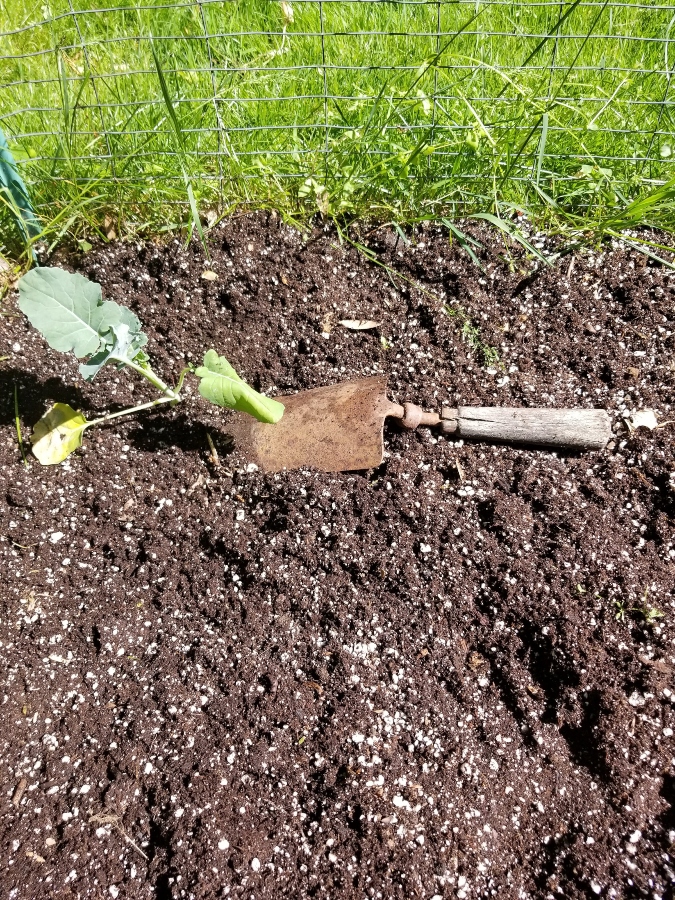
Both flowers and vegetables need proper spacing in order to grow well. Most will provide you with the centimetres needed but usually between 12-18 inches. I usually just use my hand shove which I assume is about 12 inches and then leave a little bit more. This works just fine for peppers , tomatoes, and any plant growing upwards. Anything that covers more ground space such as cucumbers or squash plants should have a couple feet left between each plant.
Support Weaker Plants
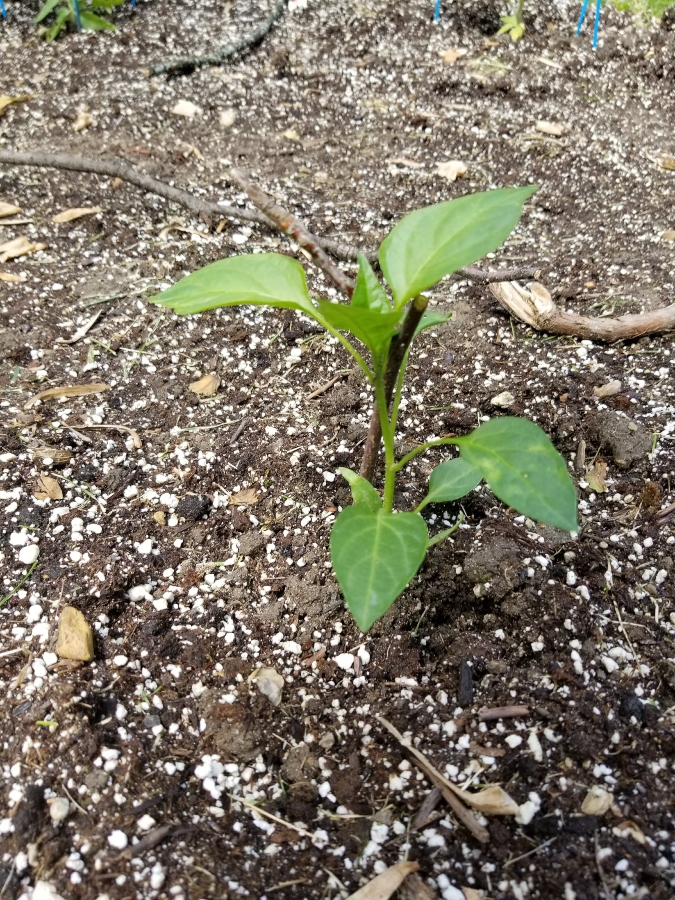
Provide support for certain types of vegetables, such as peas, tomatoes, beans, and cucumbers. These can be stakes, trellises, or a supporting frame. I even just use twigs to help keep the plants upright until they get strong on their own!
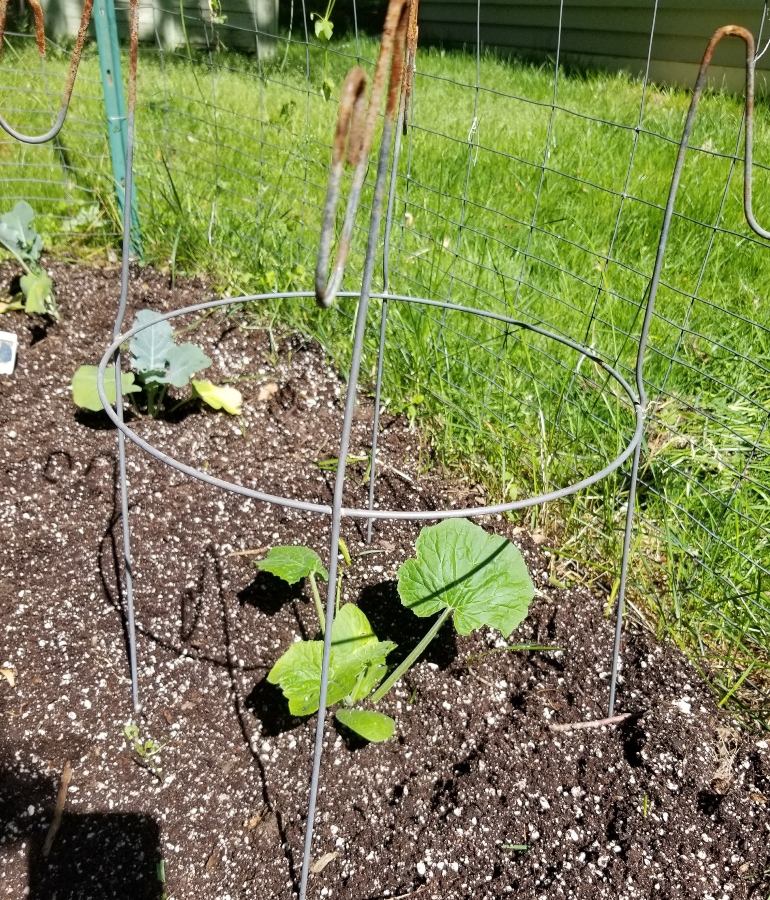
You can also use tomato cages and help to train the plants to grown upwards. I am actually trying that this year with our squash and cucumber plants to make more room in the garden. Additional benefits include:
- adds space in the garden
- better air circulation
- easier to harvest
- greater light exposure for the plants.
H20** WATER WATER WATER
After initial planting make sure to water the plants very well. Then the next few days are important too. Anytime the soil is looking dry…WATER!!!!
I will do another post soon on maintaining your garden as well! I hope these tips and tricks will help learn How to Plant a Plentiful Vegetable Garden!!
Happy Gardening!!!
-Stef
Pin it!

Follow along on Facebook, Instagram, Pinterest, or Twitter!
Sign up below to receive an email every time a new recipe or article is posted!
Shop these related products at Amazon.com!
Already have a rockin garden? Check out my Canned Bloody Mary Pickles or my Spicy Taco Stuffed Zucchini recipes!
**Stefseatsandsweets is a participant in the Amazon Associate’s Program. I make a small profit on purchases made through these links to Amazon at no extra cost to you!



